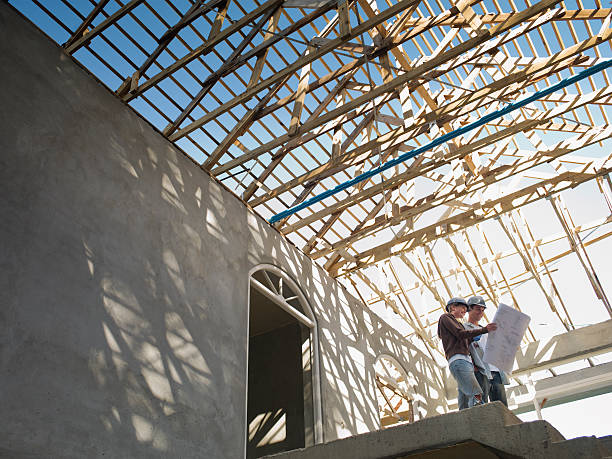Guide to Building Materials for Construction Projects
Selecting the right building materials shapes durability, cost, and environmental impact for any construction project. Materials influence structural performance, maintenance needs, and compliance with local codes. Understanding the basic categories—concrete, wood, steel and composites—helps project teams, homeowners, and contractors make decisions suited to site conditions, budget, and design intent while working with local services and suppliers.

What are common building materials?
Common building materials include concrete, wood, steel, masonry (brick and block), glass, and a range of engineered products such as laminated timber and composite panels. Each material serves different roles: concrete and masonry for foundations and load‑bearing walls, steel for long spans and framing, wood for framing and finishes, and glass for daylighting and façades. Material choice should consider structural requirements, local availability, fire and moisture resistance, and lifecycle impacts including maintenance and recyclability.
How does construction planning affect material choice?
Construction planning determines sequencing, access, on‑site storage, and procurement timing, all of which influence material selection. For example, projects with limited site access may favor prefabricated panels or precast concrete to reduce on‑site labor. Climate and soil conditions affect foundation materials and finishes. Building codes and permitting in your area set minimum performance standards for fire resistance, thermal performance, and structural loads. Early coordination between architects, engineers, and suppliers minimizes delays and helps match materials to construction methods and labor skills.
When is concrete the right material?
Concrete suits foundations, slabs, retaining walls, and structural frames where compressive strength, durability, and mass are important. Variants include ready‑mix concrete, precast elements, and high‑performance mixes with admixtures for faster curing or reduced permeability. Reinforced concrete uses steel rebar to resist tension. Consider concrete when thermal mass, sound insulation, or long service life are priorities. Be aware of concrete’s carbonation and cracking behavior; proper mix design, curing, and jointing are essential. Environmental considerations include cement production’s CO2 footprint and options like supplementary cementitious materials (fly ash, slag) to lower embodied carbon.
How to choose wood for structural and finish uses?
Wood remains a versatile choice for framing, finishes, and exposed timber elements. Options range from dimensional lumber and engineered wood products (LVL, CLT, glulam) to treated and preservative‑treated timbers. Engineered wood can provide long spans and dimensional stability, while certified sustainable sources (for example, Forest Stewardship Council certified) address forest management concerns. When selecting wood, consider species durability, treatment for moisture and pests, fire performance, and compatibility with local construction practices. Proper detailing to prevent moisture trapping and appropriate finishes extend service life.
When is steel preferred in building projects?
Steel is preferred when high strength-to-weight ratio, long clear spans, rapid erection, and recyclability are required. Structural steel frames allow column-free interiors and relatively quick assembly with bolted or welded connections. Steel is commonly used for industrial buildings, multi‑storey frames, and elements requiring precise tolerances. Corrosion protection—galvanizing, coatings, or stainless alloys—is essential in humid or marine environments. Steel’s recyclability is a sustainability advantage, but thermal bridging and fire protection measures (fireproofing or encasement) must be addressed in design.
Conclusion
Choosing building materials involves balancing performance, durability, environmental impact, constructability, and local availability. Concrete, wood, and steel each bring distinct advantages and limitations; the right mix often combines materials to meet structural, aesthetic, and sustainability goals. Early coordination with engineers, architects, and local services helps align material selection with codes, site constraints, and lifecycle expectations. Thoughtful detailing, proper installation, and maintenance planning are as important as the initial material choice for long‑term building performance.






